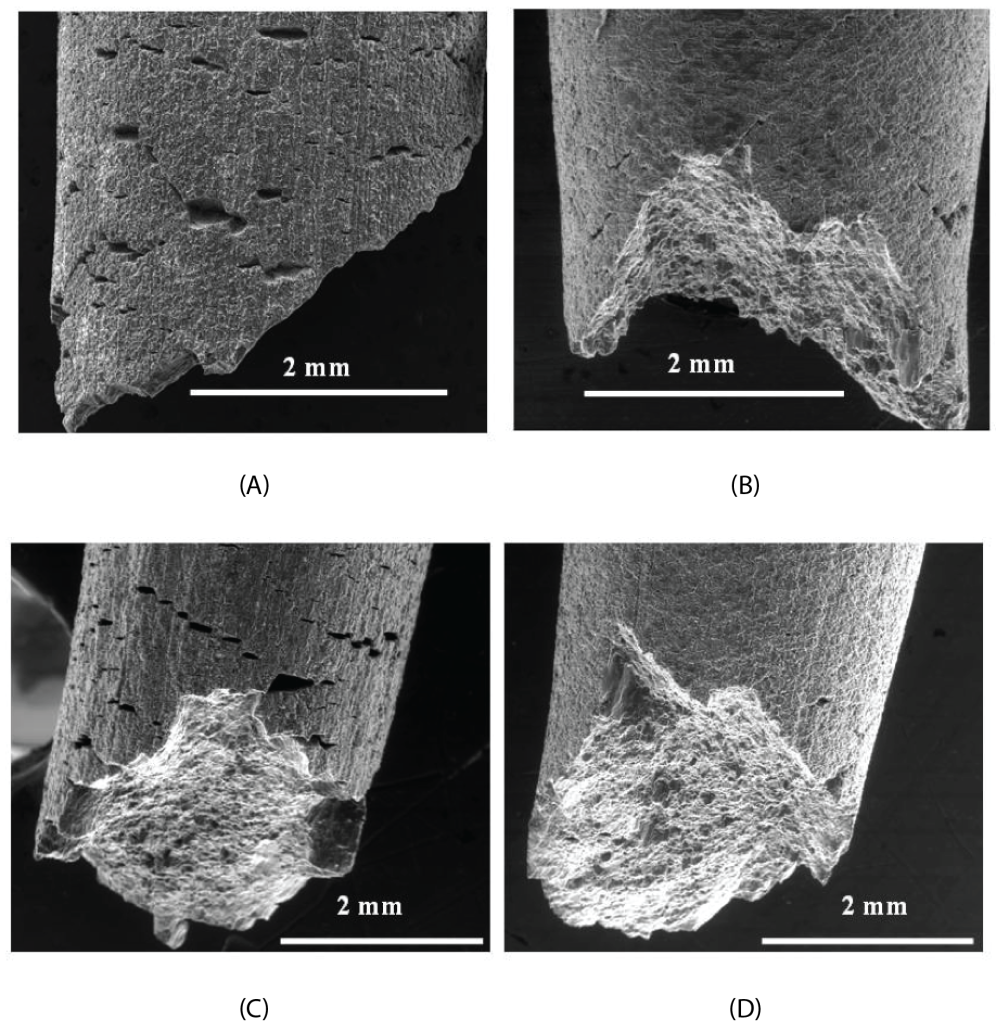We have submitted this abstract on hydrogen embrittlement and stress corrosion cracking of magnesium alloy AZ31B to the NACE International CORROSION/14 Research in Progress Session on environmentally assisted cracking (EAC).
By: Mariano Iannuzzi
Coauthors: Mariano Kappes (first author), and Ricardo Carranza,
Given their high strength to density ratio, magnesium alloys offer unique weight reduction opportunities in structural applications. However, Mg alloys are inheritably susceptible to stress corrosion cracking (SCC) in a variety of environments, including distilled water and NaCl-containing electrolytes. Current recommendations to avoid SCC suggest limiting design stresses to less than 50% of the yield strength (YS) making these alloys less attractive for load-bearing applications.
Much debate still exists regarding the actual mechanism leading to SCC of Mg alloys. The objective of this work was to determine the relative importance of anodic dissolution vs. hydrogen embrittlement based processes for AZ31B magnesium alloy in chloride-containing solutions.
SCC of AZ31B alloy was studied in NaCl solutions at different potentials and chloride concentrations using the slow strain rate technique. A combination of pre-exposure tests followed by immediate straining or straining after a dry air exposure delay helped to weight the relative importance of anodic damage accumulation versus increased hydrogen charging during open-circuit potential pre-exposure. The dependence of ductility with pre-exposure time and the fracture surface of embrittled samples suggest that hydrogen embrittlement of AZ31B was controlled by hydrogen diffusion.
Figure 1 shows Secondary electron images of AZ31B SSRT samples tested in air immediately after 24 h OCP exposure to 0.01 M NaCl at 30°C, (A), tested in air after 24 h OCP exposure to 0.01 M NaCl at 30°C followed by a 13 days exposure to dry air (B), tested in air immediately after 96 h OCP exposure to 0.01 M NaCl at 30°C (C), and tested in air after 24 h OCP exposure to 0.01 M NaCl at 30°C followed by a 28 days exposure to dry air (D).
